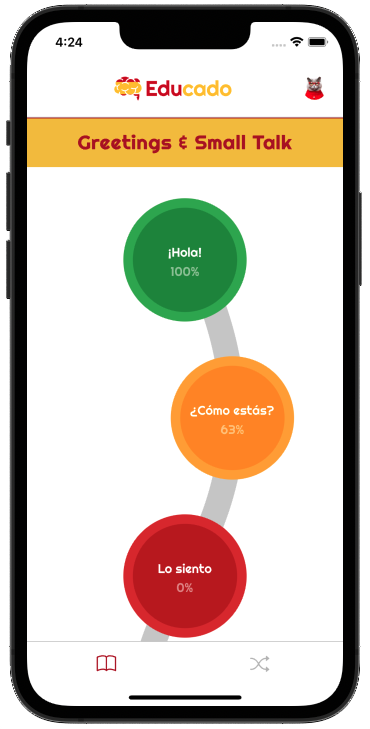Basic word order in Dutch
Dutch, like English, typically follows the Subject-Verb-Object (SVO) word order in main clauses. However, Dutch syntax can vary, especially in questions and sentences using modal verbs or auxiliary verbs. Understanding basic word order is crucial for constructing sentences correctly.
Word Order in Questions
In Dutch, when forming a yes/no question, the word order changes compared to a declarative sentence. The verb (often a modal or auxiliary verb) comes first, followed by the subject, and then the rest of the sentence. This inversion is a key feature of Dutch grammar in question formation.
Example: "Kan ik het menu zien alstublieft?"
- Verb (V): "Kan" - The modal verb "kan" (can) appears at the beginning of the question.
- Subject (S): "ik" - The subject "ik" (I) follows the verb.
- Object (O): "het menu" - The object "het menu" (the menu) comes after the subject.
- Infinitive Verb (V): "zien" - The main verb "zien" (see) is placed after the object in its infinitive form.
- Polite Phrase: "alstublieft" - A polite word "alstublieft" (please) is often added at the end.
So, the structure "Kan ik het menu zien alstublieft?" follows the typical Dutch question format of Verb-Subject-Object-Infinitive Verb.
Terms of service |
Privacy statement |
E-mail us at: info@educado.app
© Copyright Educado 2024 - All rights reserved
Educado | Opaallaan 1180 | 2132LN | Hoofddorp | Netherlands
© Copyright Educado 2024 - All rights reserved
Educado | Opaallaan 1180 | 2132LN | Hoofddorp | Netherlands


